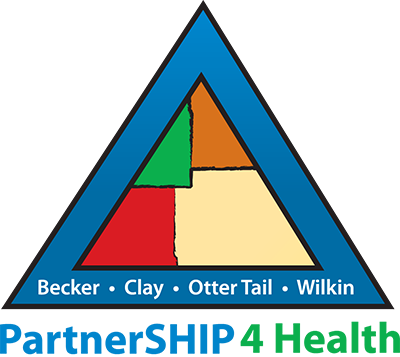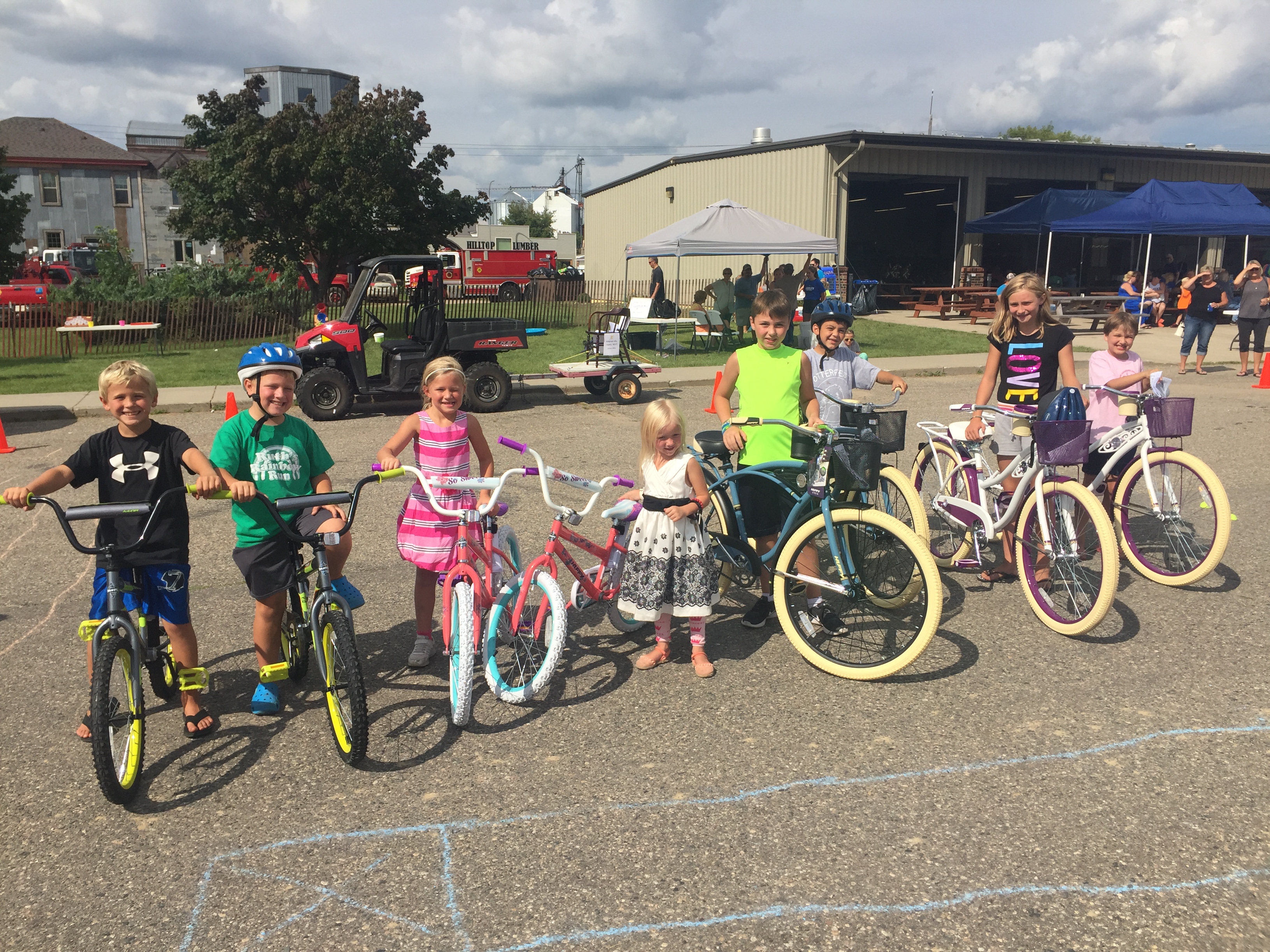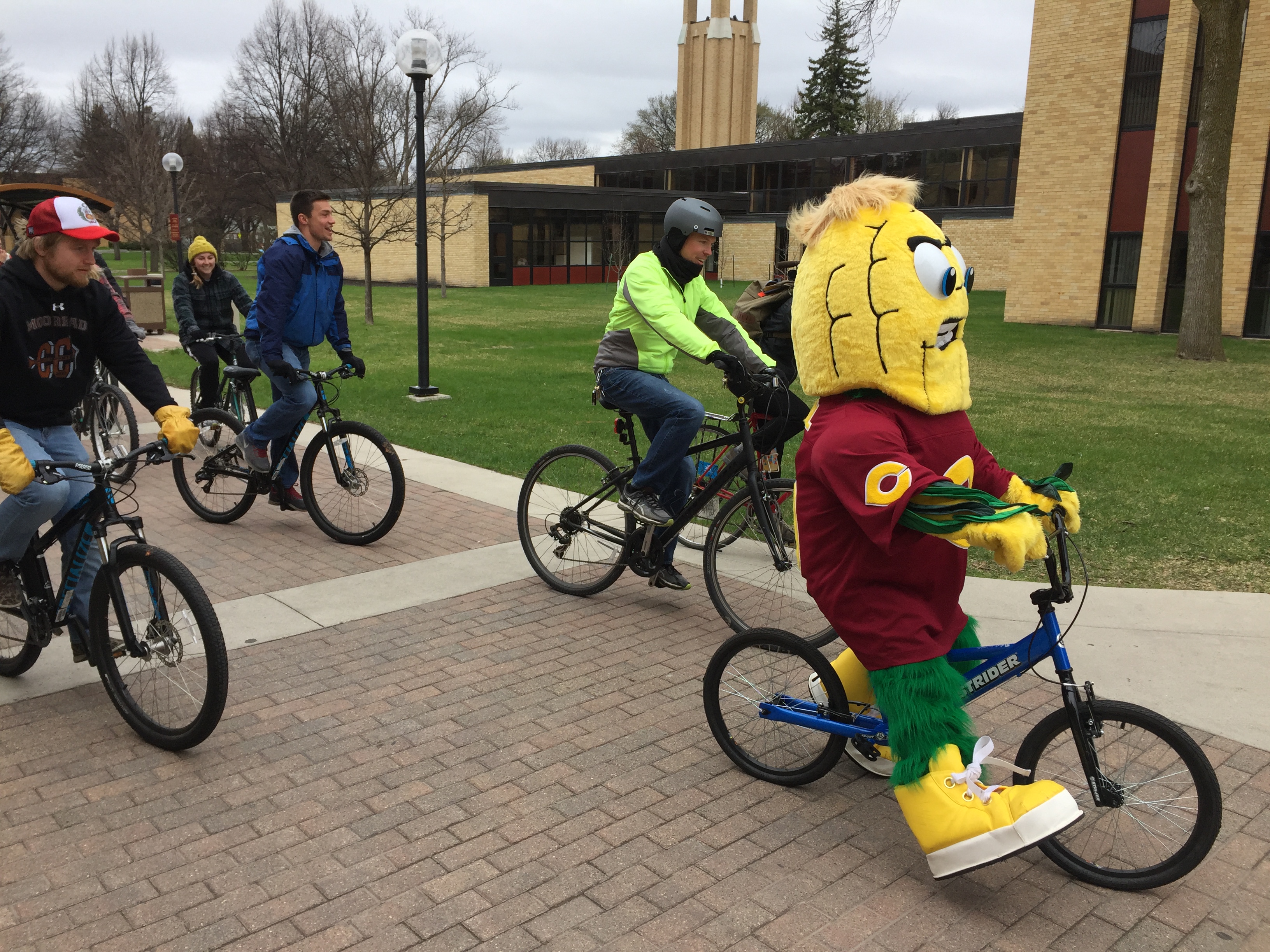Active Living
Non-motorized transportation is generally defined as walking and biking; however, it includes the use of wheelchairs, strollers, and other forms of wheeling like in-line skates and skateboards. Non-motorized transportation also includes transit use such as buses and trains because other forms of non-motorized transportation (such as walking to and from the bus stop) are usually combined with transit to complete the trip.
PartnerSHIP 4 Health assists city officials in an effort to increase non-motorized transportation through community design and land use policies and practices that include street and community design standards, ordinances, zoning regulations, form-based codes, building codes, builders’ practices, and Complete Streets policies. Examples of non-motorized transportation features that these policies and practices may be applied to include:
- Sidewalks, walking and biking paths, and bike lanes
- Safe and convenient pedestrian street crossing features such as crosswalks, stop signs, stop lights, and other street crossing elements
- Motorist traffic calming and speed-reduction measures
- Street landscaping and pedestrian-level street lighting
- Bike racks, lockers, or other bike parking and storage facilities
- Land use development patterns to locate homes, worksites, schools, stores, and other community services and amenities within reasonable walking distances (pedestrian-oriented development) and within easy reach to transit (transit-oriented development)


